Science often happens “behind the scenes” from what most visitors see when they go to parks. But it contributes to the protection of our parks so that people can continue to enjoy them for generations to come. Science informs management decisions and policy, and even contributes to the larger body of scientific knowledge.
We conduct and apply science in different ways:
-
We take stock of what we have through inventories. We conduct inventories of biological resources, physical resources and processes, and cultural resources, such as archeological sites and museum objects.
-
We keep track of those resources by assessing and monitoring their condition and changes over time. By measuring change, and understanding the drivers of that change, we can make better decisions for the health of our parks.
-
We measure the many values of parks and report on them to the public. We measure the values you as visitors hold and derive from the park as well as the condition of the physical resources. We count the number of visitors to parks and the economic value they contribute to local communities. We care about the kind of experience people have in visiting the parks and research how we can continue to provide the qualities you value most.
-
We put science to work. What we learn from science in our parks informs management decisions and policy; helps us understand how natural systems work and how they respond to stress; and gives us greater understanding of our history.
-
We conduct science in collaboration with others. Our scientists work across parks, beyond our park borders, with other federal agencies, and with university scientists and students to learn all we can in support of protecting our parks.
-
We share our science. What good is learning something new if you don’t tell others about it? We publish our science in peer-reviewed journals to contribute to the body of scientific knowledge and ensure our findings are valid. Our science is widely available to the public in all kinds of forms: reports, journals and magazines, articles, web pages, videos, and incorporated into ranger talks.
-
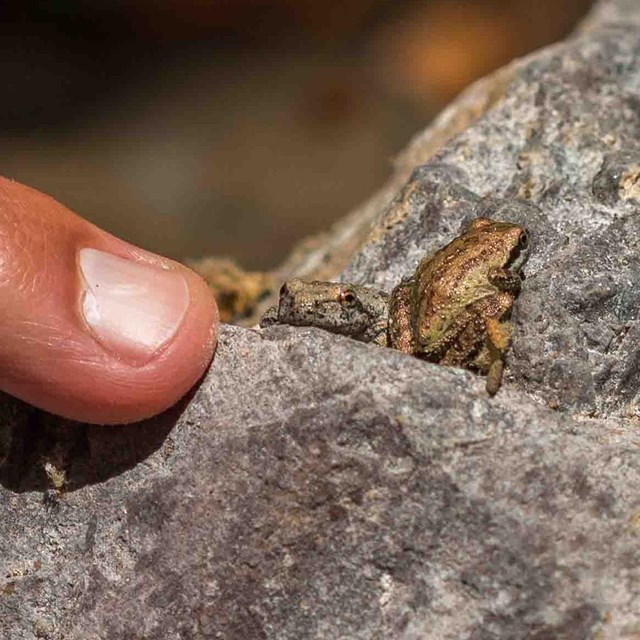 Taking Stock
Taking StockDiscover how scientists conduct inventories to learn about the resources in our parks.
-
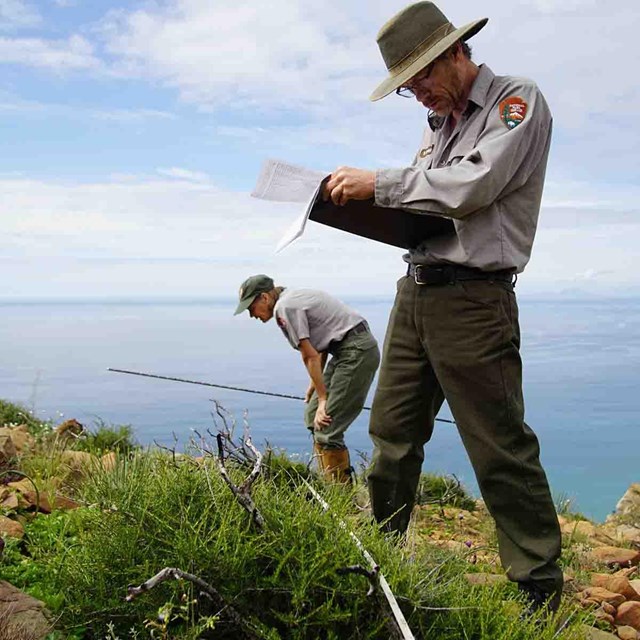 Keeping Track
Keeping TrackLearn how scientists keep track of changes in our parks over time.
-
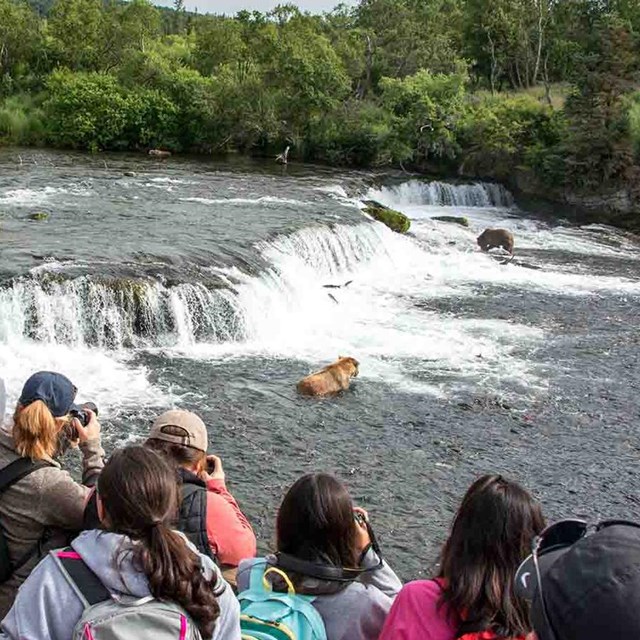 Measuring Value
Measuring ValueSee how we measure the many values national parks provide.
-
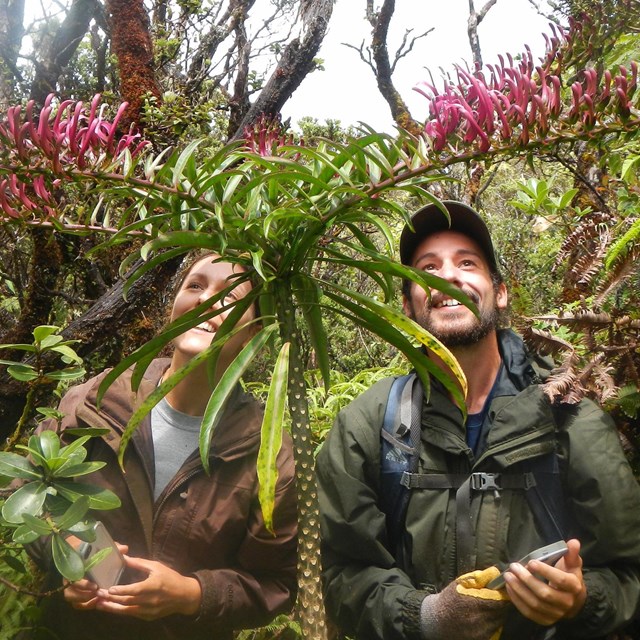 Science Takes Teamwork
Science Takes TeamworkStaff work with other agencies, universities, organizations. The more we work together, the more we can learn from each other!
-
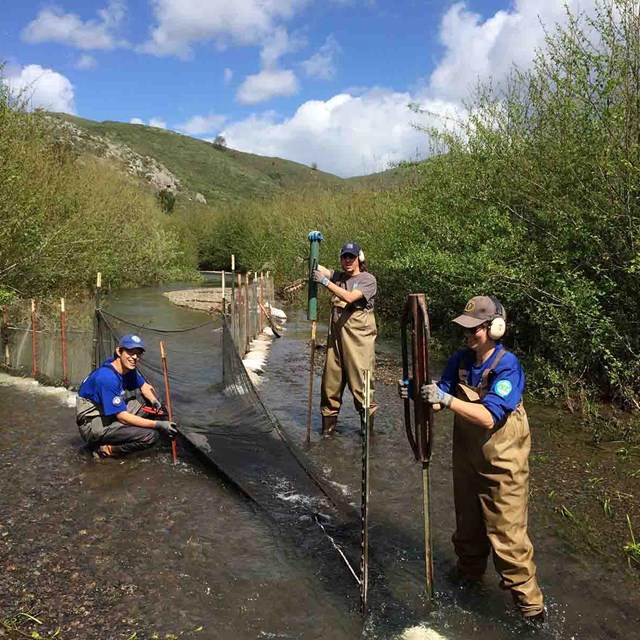 Putting Science to Work
Putting Science to WorkNPS applies the best available science to make management decisions.
-
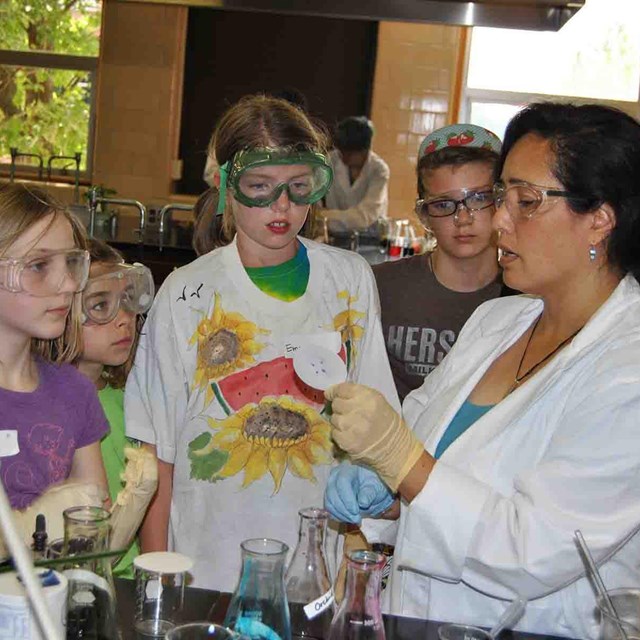 Communicating Science
Communicating ScienceSharing our work with other scientists and the public.
-
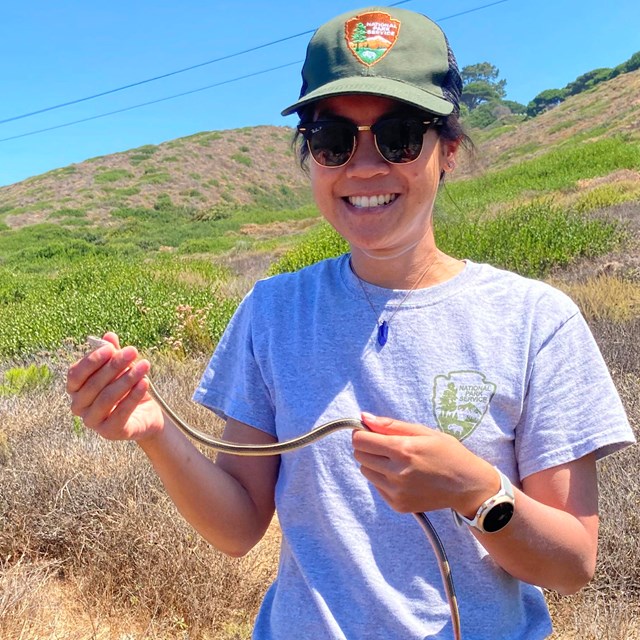 Who We Are
Who We AreScientists can be found throughout the National Park Service, in parks and in research divisions. Meet our scientists!
See examples of what we do
Last updated: March 17, 2021
